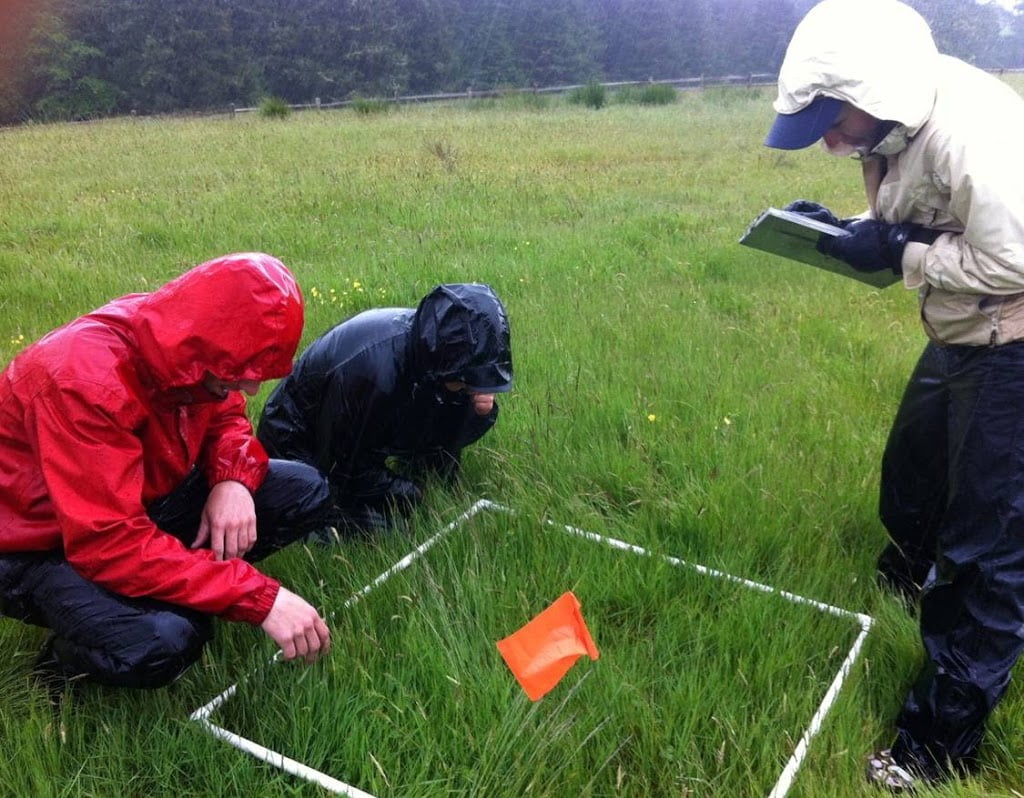
Adaptive Management for a Coastal Prairie Community
Historically, coastal prairie communities occupied an extensive range from northern California to British Columbia. Today, these communities have been severely fragmented as a result of development, agriculture, recreational use, and invasion from non-native species. With the degradation of these habitats, many plant and animal species have experienced a quick decline, most notably the Oregon silverspot butterfly (Speyeria zerene hippolyta) and its larval and adult food sources, including hookedspur or sand violet (Viola adunca), coast goldenrod (Solidago spathulata), Douglas’ aster (Symphyotrichum subspicatum), and edible thistle (Cirsium edule). The silverspot butterfly is listed federally as threatened and in Oregon as endangered, emphasizing the need for protection of remaining habitat as well as restoration and enhancement of potential new sites that encourage expansion of the species. The Institute for Applied Ecology (IAE), the North Coast Land Conservancy, and the Willapa National Wildlife Refuge have teamed up to develop an adaptive management strategy that targets the restoration of 140-acres of coastal prairie by 2020 to create suitable habitat for the reintroduction of the Oregon silverspot butterfly. This effort is funded by the U.S. Fish and Wildlife Service.
 |
| Oregon silverspot butterfly on a coast goldenrod (left) and the larval host plant, sand violet (right). Butterfly image courtesy of the Oregon Zoo and violet image courtesy of Prairie Moon Nursery. |
This targeted restoration effort will help to meet short-term and long-term conservation needs for the butterfly and the associated habitat. Previous studies have tested various management techniques, including prescribed fire, mowing, herbicide application, solarization, grazing, topsoil removal, topsoil inversion, and soil impoverishment, with the desire to mimic non-climatic natural disturbance processes and improve habitat viability (Van Dyke et al. 2004).
 |
| CR interns Kelsey Copes-Gerbitz (left) and Tobin Weatherson (right) and Naturalist Denise Giles-Johnson (center) establishing experimental plots. |
 |
| CR Interns Andrew Heaston (left), Kelsey Copes-Gerbitz (center), and Crew Leader Charlotte Trowbridge (right) monitor species cover in the rain at a Clatsop Plains site. |
